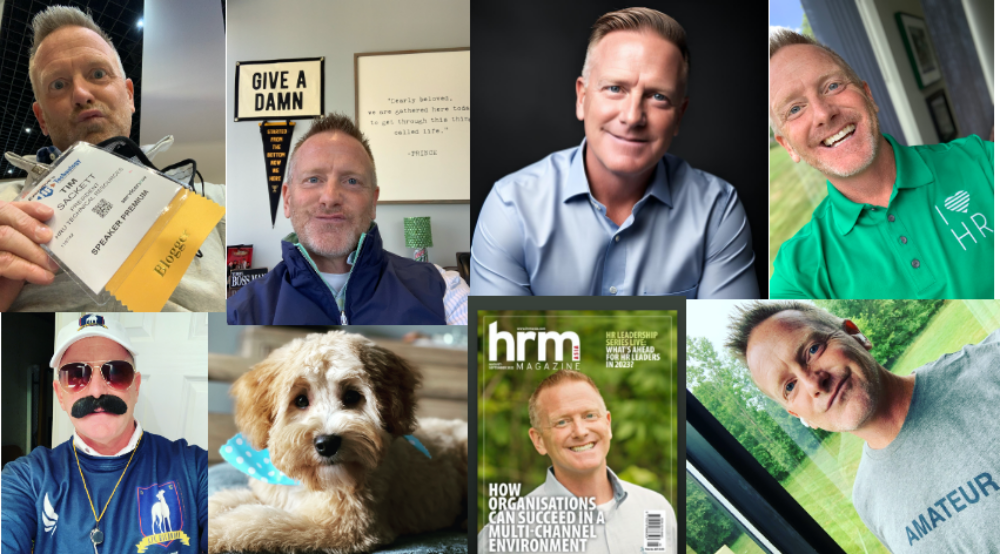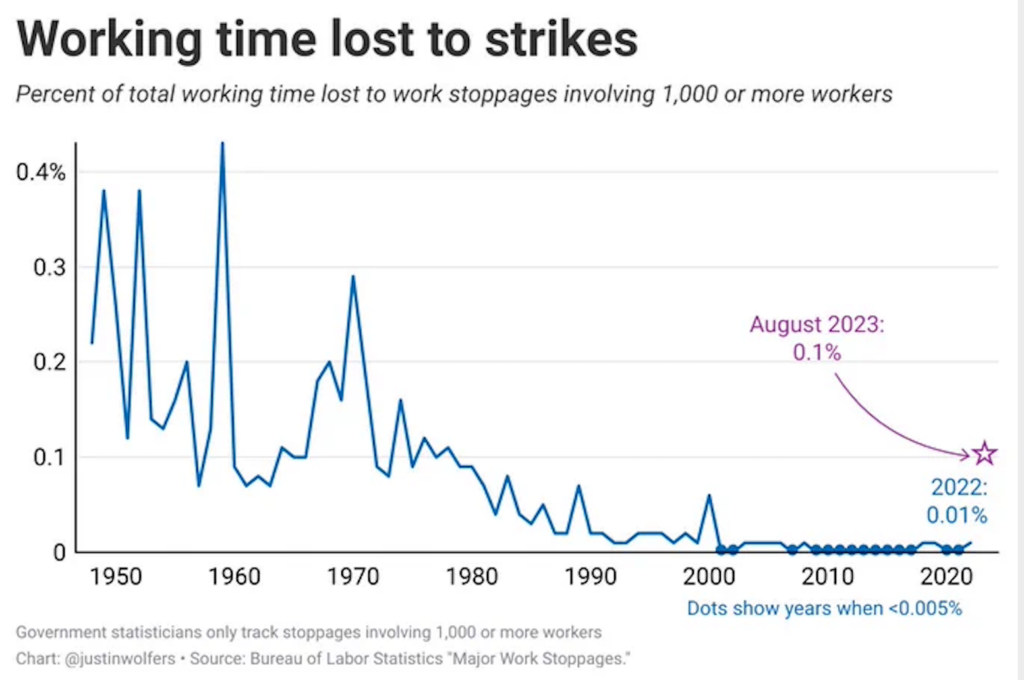I’ve had some very specific conversations over the past month on corporate Recruiter compensation. It’s a hot subject when it’s brought up because everyone believes they are worth more than what they are for the most part.
Recruiter compensation is and has always been all over the board. There are so many variables that impact it, including industry, company size, market, what tools the recruiter has available, type of recruiting, expectations, how much the function is segmented, etc. I can find great recruiters right now in America that make between $65,000 and over $200,000. The problem is, I can’t tell you that the $200,000 recruiter is any better than the $65,000!
Therein lies the problem!
Your value or worth as a recruiter is what you can get paid.
I’ve lost really good recruiters in my career who came to me and said, “Hey, Company XYZ is going to pay me 25% more than you are!” At which I’ve got to make a decision. Do I believe this person is worth 25% more, or can I get someone of equal or great value for the same price or less than the increase in expense?
Let’s put it another way. Let’s say I’m paying each recruiter $75K, and a recruiter comes to me and says, “I’ve got an offer for $125,000.” What I’m really trying to decide on is $50,000. What can I get for that additional $50K? I already know what I’m getting for $75K. Is this recruiter going to give me $50K more in value if I match the offer? Most likely, no, since I’m probably getting everything I’m getting now. But, if I hired two recruiters for $62,500 each, that equals $125K. Will i get more from those two recruiters than I’m getting from my one at $75,000 (or the new salary of $125K)? I probably will get more with two!
Why am I not paying a corporate recruiter a ridiculously high salary?
- Upwards of 50% of the positions they fill will be internal hires on average.
- The vast majority don’t hunt. They post jobs, and their corporate brand fills the funnel with viable candidates. They are administering the recruiting process.
- Most are not held accountable to hard recruiting metrics.
- The vast majority, based on research, are not delivering a better-than-average candidate experience.
- You do not see a discernible difference in performance across corporate recruiters working in the same function.
Okay, just tell us what we should be paying a Corporate Recruiter!
Now that you can actually recruit anywhere, market compensation shouldn’t be a thing, but it’s still a thing. That being said, if you take market compensation out of it, I think you can find really great generalist corporate recruiters for $85k. People who actually find talent, fill positions, follow up well, and flat-out move the TA needle.
How did I come up with this very scientific number?
First, this is way over the salary data on recruiting you’ll pull off the internet, but it will still basically show the average recruiter’s salary in the $60K range. But that takes in a lot of factors, including the millions of entry-level agency recruiters who start with bases way less than $60K.
I’ve spoken to so many corporate recruiters who got laid off and corporate recruiting leaders who have been laying off $100K+ corporate recruiters and finding out once they are gone that they weren’t really worth that kind of money. Now, I don’t blame the recruiters for this! Girl, if you can get paid, go get paid! I’m your biggest fan! But also, don’t come crying when you get laid off because you were overcompensated for all that time.
Here’s the thing – you have top recruiters who are worth every single penny you pay them. Those are literally about 2-3% of recruiters. The problem is every single recruiter believes they are in the top 2-3%. They aren’t. Take a look at your own team. You most likely have a bunch of “B” players who are fine but shouldn’t be getting top dollar. You can hire a million of these recruiters. They are all the same.
There is a law of recruiting productivity that comes into play in every recruiter’s life. You can only do so much and deliver so many hires. Once you get to the top of the pay scale and you are basically doing the same as someone at the middle or bottom of the pay scale, you no longer seem like a great buy. Top pay requires the top performance. Very few recruiters getting top pay are doing exponentially more than those getting paid much lower.
I say $85K because I know if you’re in the Midwest, you can find great talent for $85K. Also, if you allow recruiters to work remotely, you can get great recruiters for $85K. You can also get great recruiters starting out for $65K, but they’ll soon start producing, and you won’t keep them for $65K.
You should be using performance compensation for Corporate Recruiters!
Another miss, in my opinion, is corporate TA leaders are not using performance pay strategies with their teams. I was told by one TA leader that she couldn’t do that! I then asked if they used performance compensation with their sales team, which they did. It’s not that you can’t. It’s that you are unwilling to change or figure out a better way.
PRO TIP – Your best recruiters, by productivity (filling jobs), should be making exponentially more than your worst recruiters. Yes, even in a corporate setting. You should not be paying recruiters based on tenure. Tenure doesn’t matter in recruiting. Filling positions does.
I believe that corporate recruiters should be working on a 2/3 base salary and 1/3 performance compensation. This means that the total for a solid performing recruiter would land in that $85K range. Your best recruiters should be able to go above that range because they’ll make more in performance compensation.
I’ve seen agency recruiters who can and have made well above $150K, and some IT agency folks in the valley upwards of $500k and more, the same for executive agency folks. Corporate recruiting is a different game and you don’t need to pay $150-$200K+ salaries to get great performance.
Alright, corporate recruiters, take your shot and kill me in the comments!

